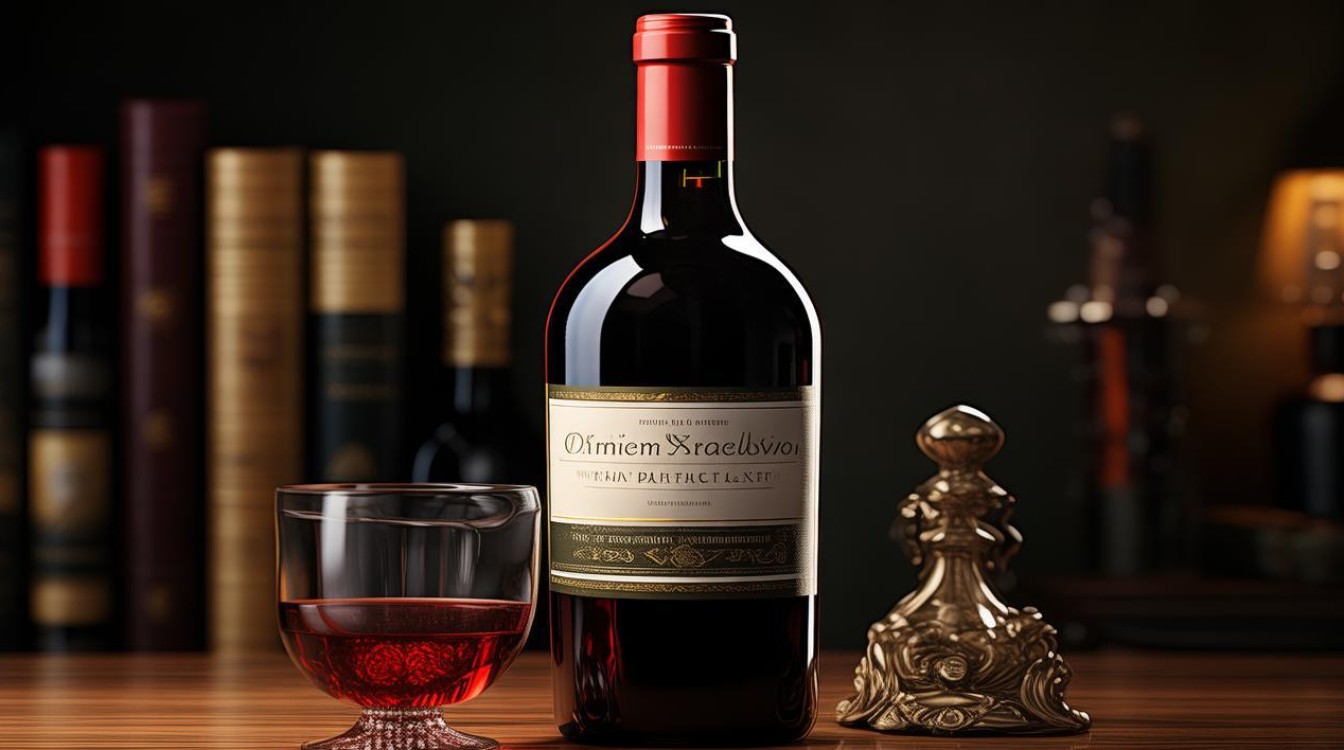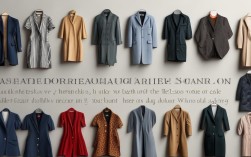Wine has been celebrated across cultures for centuries, not just for its intoxicating effects but for the complex flavors and aromas it offers. Whether you're a sommelier, a casual enthusiast, or simply looking to expand your English vocabulary, knowing how to describe wine’s delicious qualities can enhance your appreciation. Below is a curated list of expressive English words that capture the essence of a fine wine.

Aromatic & Fragrant
Wine engages the senses before it even touches the lips. Aromatic wines boast intense, pleasant smells, often from floral or fruity notes. Words like "perfumed," "bouquet," and "fragrant" highlight a wine’s inviting scent. For example, a Riesling might be described as "floral and honeyed," while a Pinot Noir could carry "earthy and spicy" aromas.
Full-Bodied & Robust
A wine’s weight on the palate matters. "Full-bodied" wines feel rich and substantial, often with higher alcohol content. Terms like "bold," "hearty," and "powerful" fit robust reds such as Cabernet Sauvignon or Malbec. In contrast, lighter wines like Pinot Grigio might be called "crisp" or "delicate."
Velvety & Silky
Texture plays a crucial role in wine enjoyment. A "velvety" wine glides smoothly across the tongue, often due to well-integrated tannins. "Silky," "lush," and "supple" are other descriptors for wines with a luxurious mouthfeel, such as a fine Merlot or aged Barolo.
Crisp & Refreshing
Acidity gives wine its zesty, lively character. "Crisp" whites like Sauvignon Blanc or Albariño are often described as "zingy," "bright," or "vibrant." These wines leave a clean, refreshing finish, making them perfect for warm weather.
Complex & Layered
Great wines evolve in the glass, revealing multiple flavors. "Complex" suggests depth, where different notes—fruit, spice, oak—unfold over time. Words like "nuanced," "multifaceted," and "intricate" apply to aged Bordeaux or Burgundy wines.

Fruity & Juicy
Many wines showcase prominent fruit flavors. "Fruity" doesn’t mean sweet; it refers to detectable berry, citrus, or tropical notes. A Zinfandel might be "jammy," while a Chardonnay could be "peachy." Other terms include "lively," "vibrant," and "succulent."
Spicy & Peppery
Some wines carry a warming spice profile. Syrah often has "peppery" or "cinnamon" tones, while Gewürztraminer leans toward "gingery" or "lychee-like" aromas. Words like "piquant," "zesty," and "warming" fit these profiles.
Oaky & Toasty
Barrel-aged wines absorb woody flavors. "Oaky" can mean "vanilla," "smoky," or "toasted," common in Chardonnay or Rioja. Over-oaked wines may taste "woody," but balanced ones are "well-integrated."
Elegant & Balanced
An "elegant" wine harmonizes all elements—acidity, tannins, fruit—without overpowering. Terms like "polished," "graceful," and "refined" describe high-quality wines with finesse.
Long & Lingering
A wine’s finish—the aftertaste—can be fleeting or enduring. "Long" indicates flavors that persist, a sign of excellence. "Persistent," "enduring," and "memorable" are fitting for grand crus and premium vintages.

Earthy & Mineral
Some wines evoke soil, stone, or forest floor. Old-world wines, like Burgundy or Loire Valley whites, often have "mineral," "flinty," or "mossy" qualities. These terms suggest terroir-driven character.
Sweet & Luscious
Dessert wines like Sauternes or Port are "honeyed," "nectar-like," or "unctuous." Even dry wines can have a "ripe" fruitiness without being cloying.
Tannic & Structured
Tannins create dryness and grip. Young reds may be "chewy" or "firm," while aged ones turn "silky." Words like "structured" and "grippy" denote wines built for aging.
Vibrant & Zippy
High-acid wines feel "electric" or "racy," such as Champagne or Vinho Verde. These descriptors suggest energy and freshness.
Smooth & Mellow
Aged wines often soften into "mellow" maturity. Terms like "rounded," "harmonious," and "gentle" apply to well-cellared bottles.

Mastering these words allows you to articulate why a wine delights the senses. Whether describing a "voluptuous" Napa Cabernet or a "crisp" New Zealand Sauvignon Blanc, precision in language deepens the tasting experience.
The next time you savor a glass, let these descriptors guide your appreciation—each sip tells a story worth sharing.



